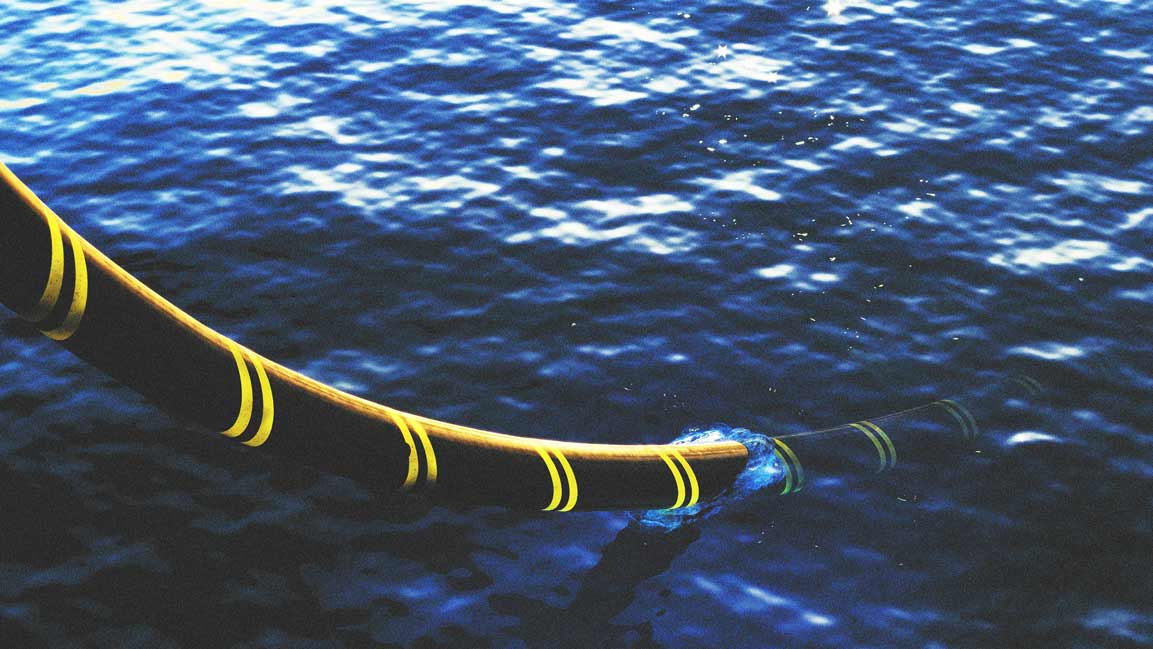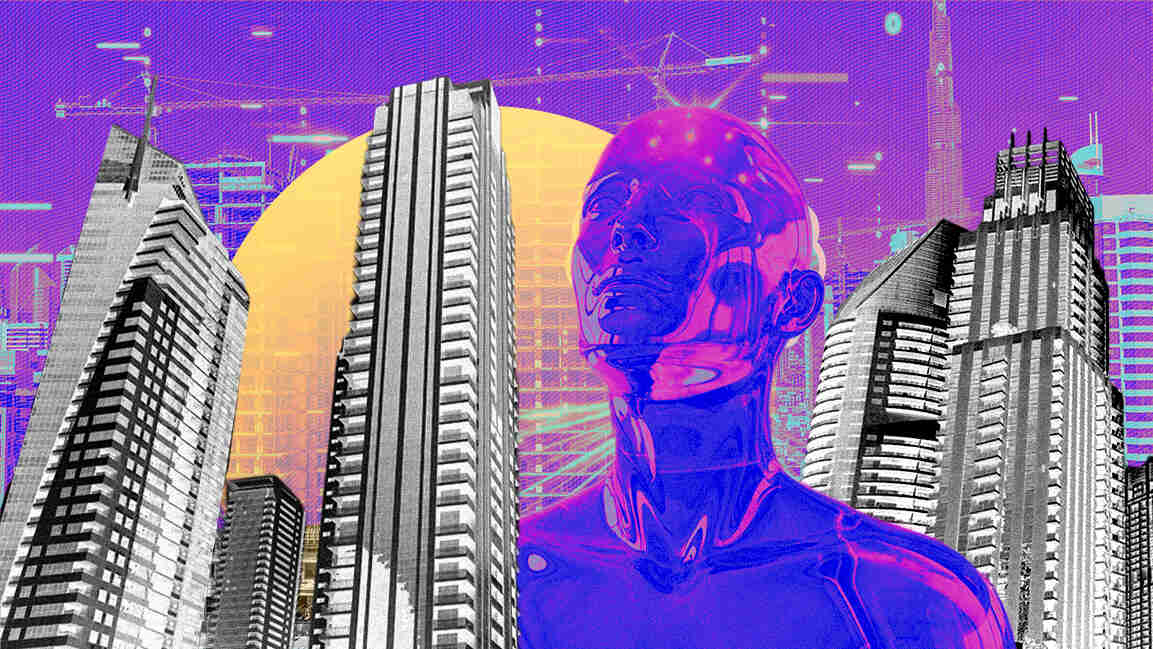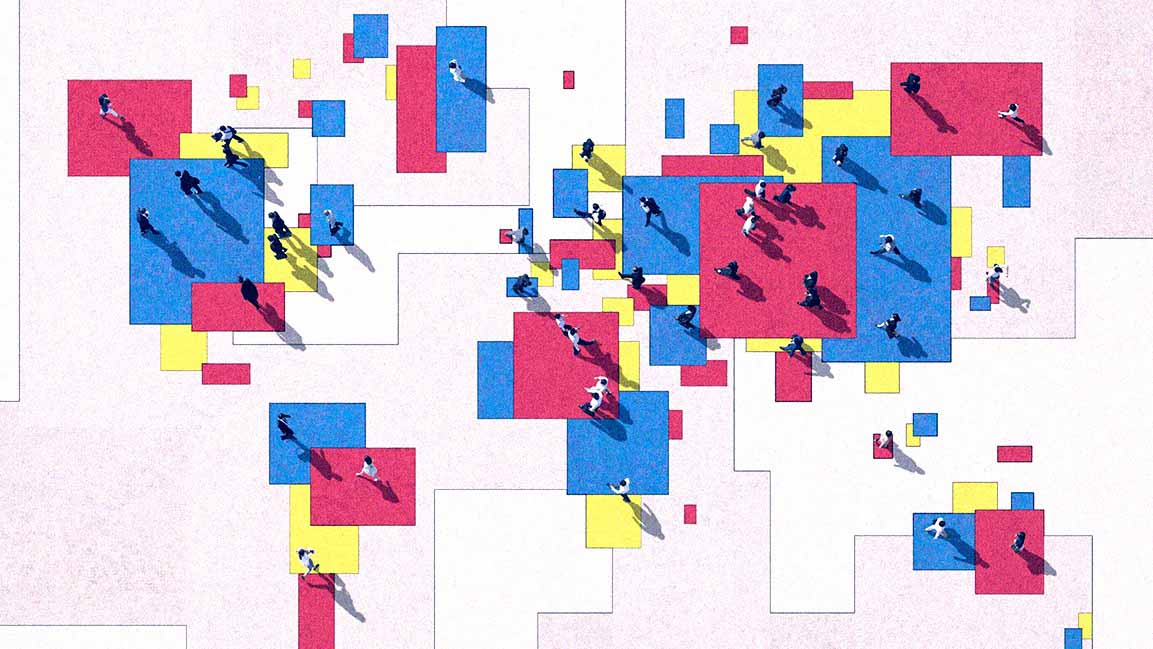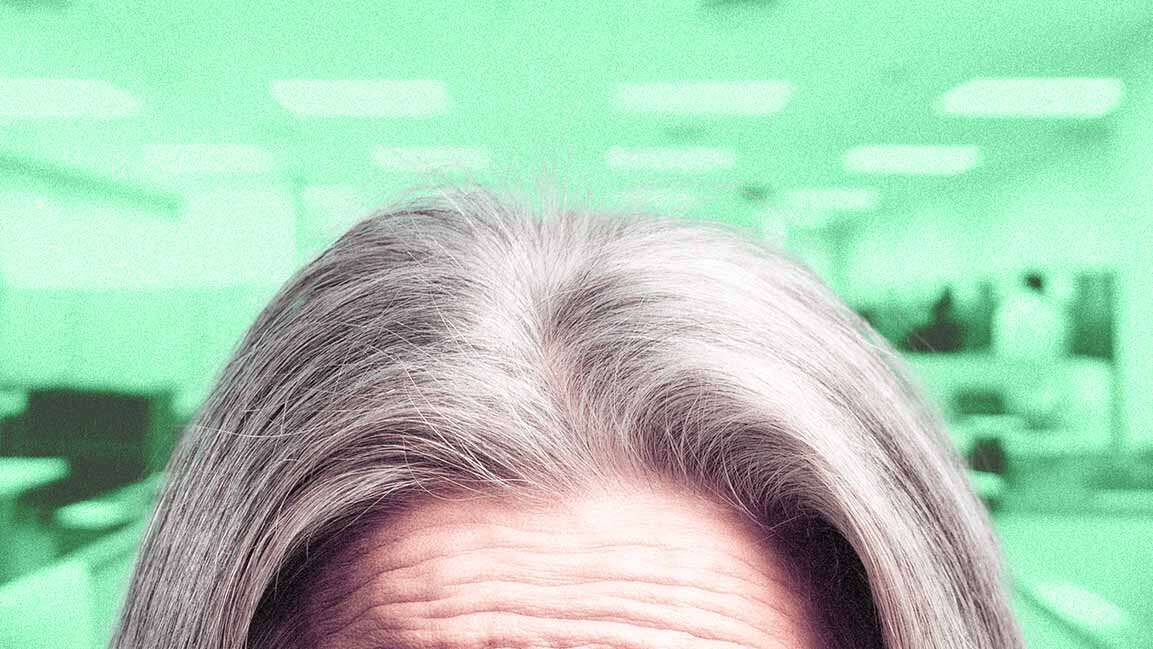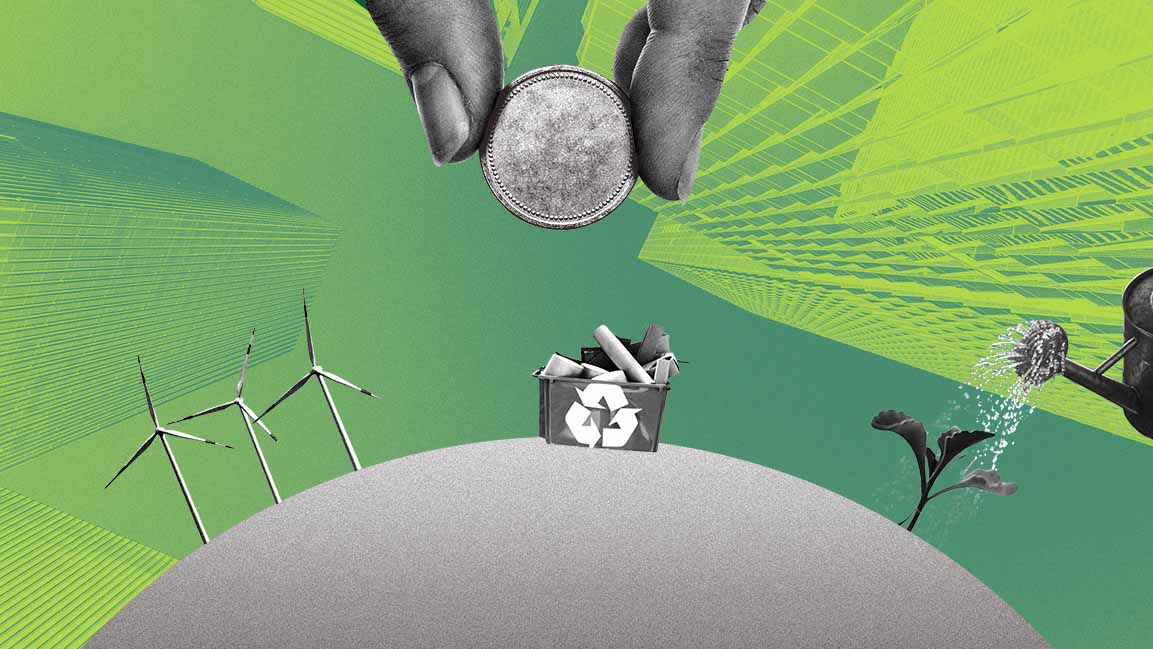- | 8:52 am
Why luxury is the key ingredient in the Gulf’s beauty and wellness tourism boom
Experts explain how the region is carving a new identity with high-end medical infrastructure, world-class specialists, and luxury experiences
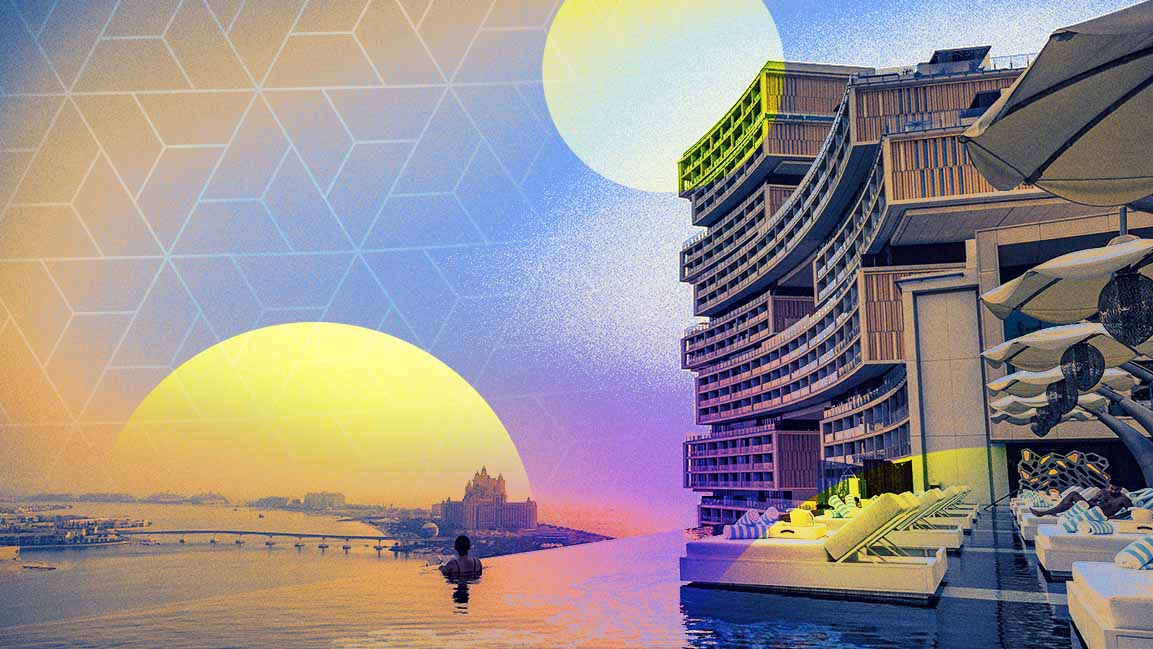
Traveling to the Middle East for all kinds of reasons—from shopping and sun-drenched resorts to eating incredible food—has never been more popular. Now, the region is attracting tourists seeking cosmetic dentistry, hair transplants in Dubai, and medispas in Riyadh. The appeal lies in a potent mix of high-end medical infrastructure, world-class specialists, and luxury experiences that blend personal enhancement with curated travel.
“We’re seeing strong growth in beauty tourism across the region, especially in places like Dubai. People are coming not just for the quality of treatments, but for the overall experience,” says Samina Ghori, Deputy CEO of Kaya Clinic.
Governments are taking notice. Saudi Arabia’s Vision 2030 strategy identifies wellness and medical tourism as core pillars for economic diversification, while the UAE continues to position itself as a global luxury hub—where dermatology clinics sit near couture boutiques and Michelin-starred restaurants.
The most popular procedures currently include injectables like Botox and fillers, skin treatments, body contouring, and hair transplants, says Ghori. Advanced options like stem cell facials and regenerative therapies are also gaining traction.
A LUXURY IDENTITY THAT ELEVATES BEAUTY SERVICES
The region’s reputation for luxury is central to how its beauty and wellness services are viewed globally. According to Jitin Jaggi, Managing Director, Circadia SAMENA, the region has “successfully branded itself as a luxury-first market” turning even routine treatments into ultra-premium experiences.
For example, a basic chemical peel becomes part of a five-star wellness journey in Dubai. “This translates into beauty services being perceived as ultra-premium—where results are expected to match the high-end environment,” Jaggi says.
According to Reema Bhatt, Country Manager UAE & International Head Trainer at Baldan Group, the region’s reputation as a luxury destination “elevates its beauty and wellness sector by association” and clients equate the region with exclusivity, service excellence, and uncompromising quality—factors that naturally extend to aesthetic clinics.
From multilingual staff to VIP-level privacy and care, the region offers a seamless, curated experience that inspires trust. “From the moment they land, clients are experiencing five-star service,” Ghori says.
This emphasis on premium care distinguishes the Middle East from competitors. “International clients feel confident they’re getting not only great medical results but a curated, luxury experience,” adds Ghori.
FROM SURGERY TO HOLISTIC WELLNESS
Beauty tourism is evolving. While surgical procedures still draw interest, many are increasingly seeking holistic, non-invasive treatments that align beauty with wellness.
“There’s definitely a shift happening,” says Ghori. “Clients are interested in looking and feeling better for the long term—not just quick fixes.” Offerings like IV drips, hormone therapy, skin nutrition, and stress recovery are becoming integral to the aesthetic journey.
There’s a growing demand for integrated care. “Clients are looking for treatments that combine advanced aesthetics with a more holistic approach to well-being,” says Jaggi. Protocols such as Circadia’s circadian rhythm–based skincare exemplify this new paradigm, merging science and wellness.
“Beauty tourism is no longer just about correction, but about prevention, balance, and long-term vitality,” says Bhatt, adding that multifunctional devices like Infrabaldan 3.0 and T-Shape 2 support both physical appearance and metabolic health.
FUELING GROWTH ACROSS HEALTHCARE AND HOSPITALITY
The rise of beauty tourism is making an economic impact, particularly in the UAE, Saudi Arabia, and Qatar.
Jaggi notes that luxury hotels and resorts are partnering with skincare brands to offer signature treatments, integrating beauty into tourism strategies.
“Beauty and wellness are no longer standalone services but an extension of luxury tourism,” says Bhatt. Tourists often combine treatments with high-end leisure activities, increasing spending across clinics, spas, hotels, and retail.
Clearly, this convergence supports national growth agendas. “Clients who travel for treatments also book luxury hotels, dine out, shop, and use premium services,” says Ghori. It’s not just a travel trend, but a strategic economic driver.
COMPETING ON EXPERIENCE, NOT JUST PRICE
While countries like South Korea and Turkey have long dominated the medical tourism sector, experts say the Middle East is carving out its niche through innovation, luxury, and personalized care.
“The Middle East doesn’t necessarily try to compete on price–it focuses on luxury, exclusivity, and innovation,” says Jaggi. Clinics invest heavily in the latest technologies and exclusive product partnerships, creating premium, differentiated experiences.
Bhatt adds that clinics offer cutting-edge, non-invasive European technologies and five-star post-treatment care. Clients receive comprehensive follow-ups, often in luxury recovery settings that enhance the overall experience.
According to Ghori, it’s all about personalization, service, and innovation. Pricing is also competitive.
DEMAND FOR NATURAL LOOK
Cultural preferences here lean towards refinement over transformation, driving demand for subtle, natural-looking results.
“There’s a clear preference for natural-looking results and subtle enhancement,” says Ghori, citing the popularity of skin-perfecting and anti-aging procedures that avoid dramatic change.
Jaggi highlights high-performance facials, chemical peels, and brightening protocols as top choices. These treatments deliver visible improvements while maintaining authenticity—especially important in markets where personal image and cultural norms intersect.
Through a blend of medical excellence, luxury hospitality, culturally attuned service, and the convergence of technology, innovation, and lifestyle, the region has positioned itself not just as a competitor but as a premium global destination in its own right.












